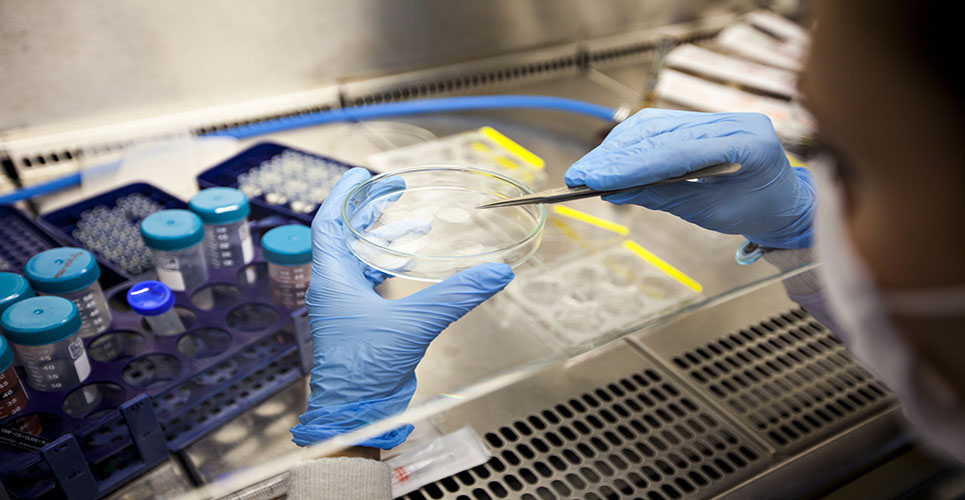teaser
Newly developed microbe gels developed to protect women from HIV may prove more effective in shielding men from the virus.
Mathematical models were used to test the effectiveness of the gels – which would be applied daily by women whose partners refused to wear condoms – in reducing transmission rates of HIV.
The results showed that even if the drug proved effective in lowering the incidence of HIV, it would be men who saw the greater benefit.
The results, published this week in the Proceedings of the National Academy of Sciences USA, show how the emergence of drug-resistant strains of HIV in women would reduce the transmission of HIV from women to men. In this case, even if the gels lower the incidence of HIV overall, men would see the larger share of that benefit.

Previous clinical trials of microbe gels have proved unsuccessful, with two candidate microbicides, cellulose sulphate and nonoxynol-9, possibly having increased susceptibility to the virus.
Biomathematician at the University of California, modelled drug resistance and HIV transmission in women using microbicides, based on ongoing, large-scale clinical trial of a gel containing the antiretroviral drug dapivirine.
The models showed that if the gels work well to prevent HIV infection, they could be a powerful tool in the fight against the disease. But if the gels don’t work well and do promote drug resistance, men could actually benefit more from the microbicides than women.
Copyright PA Business 2008

